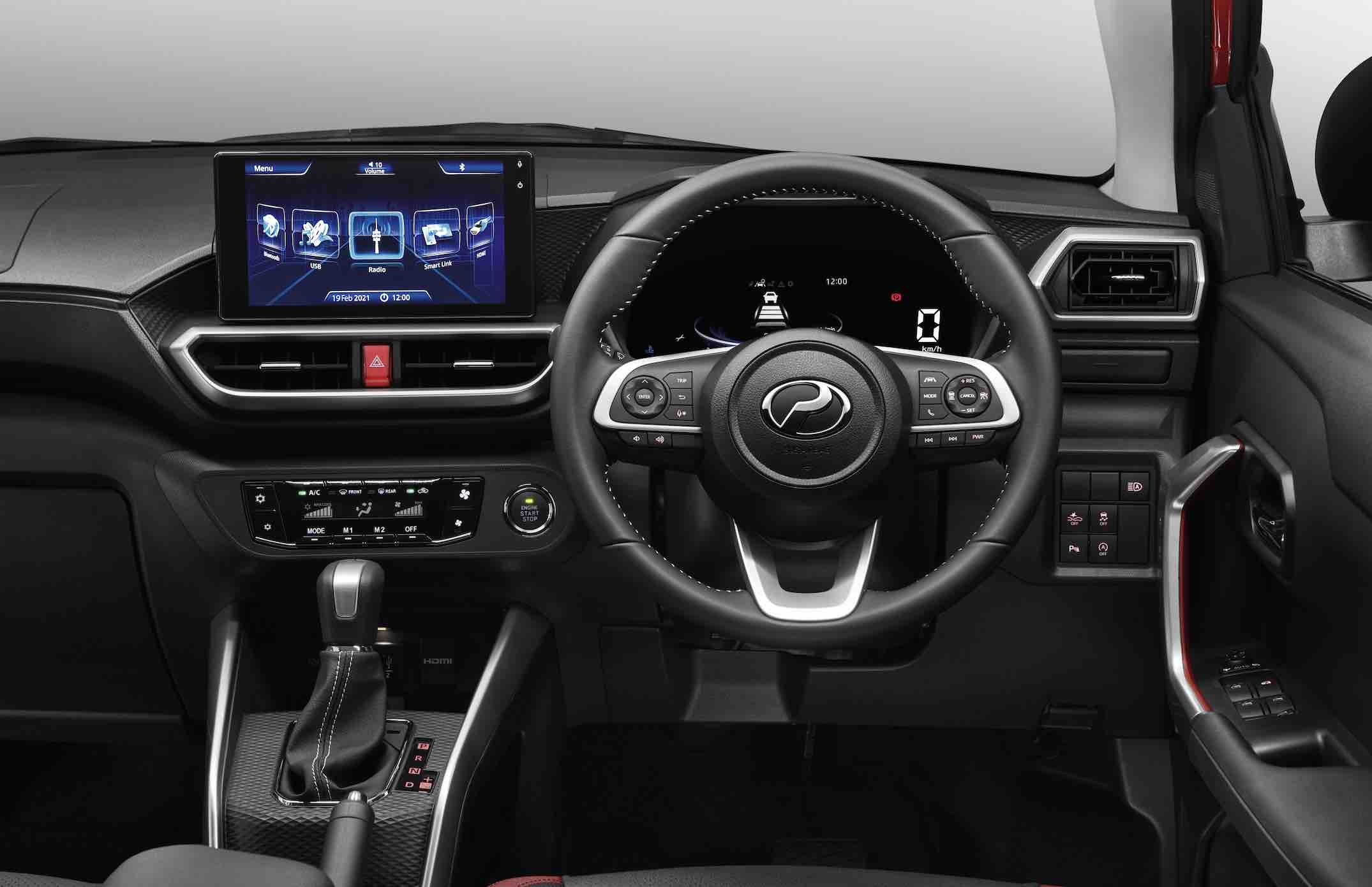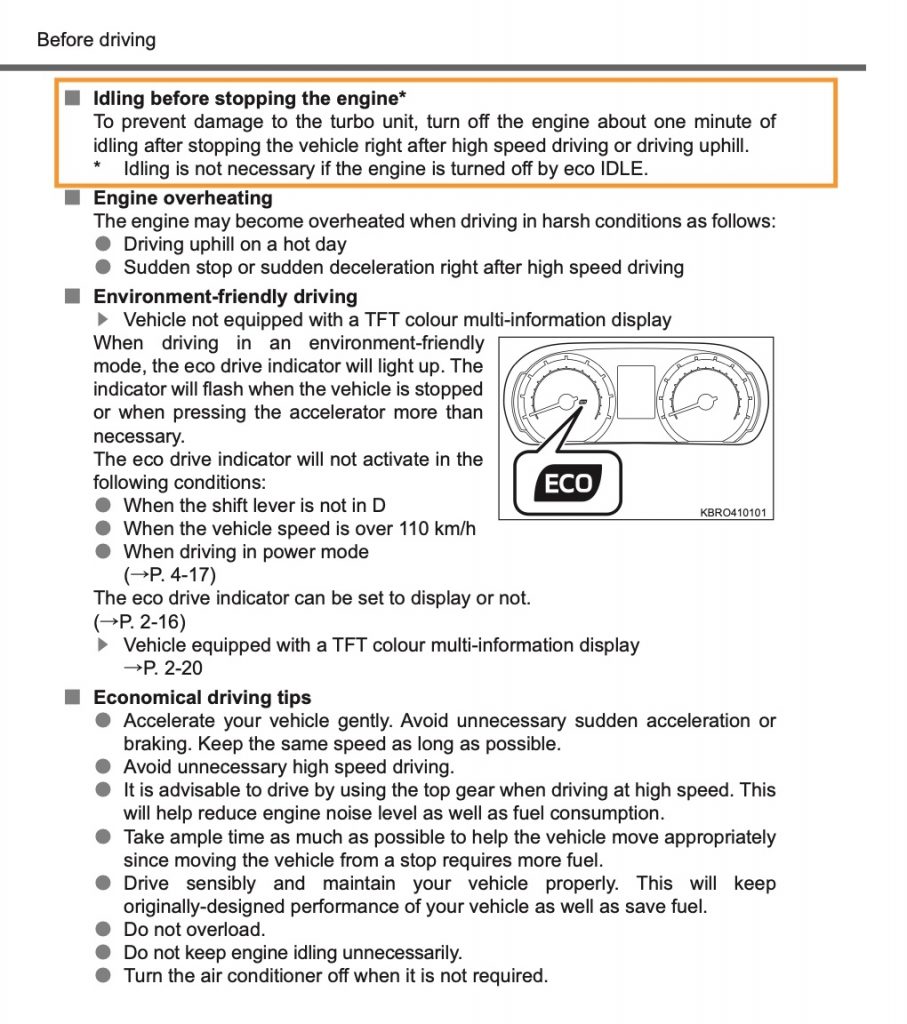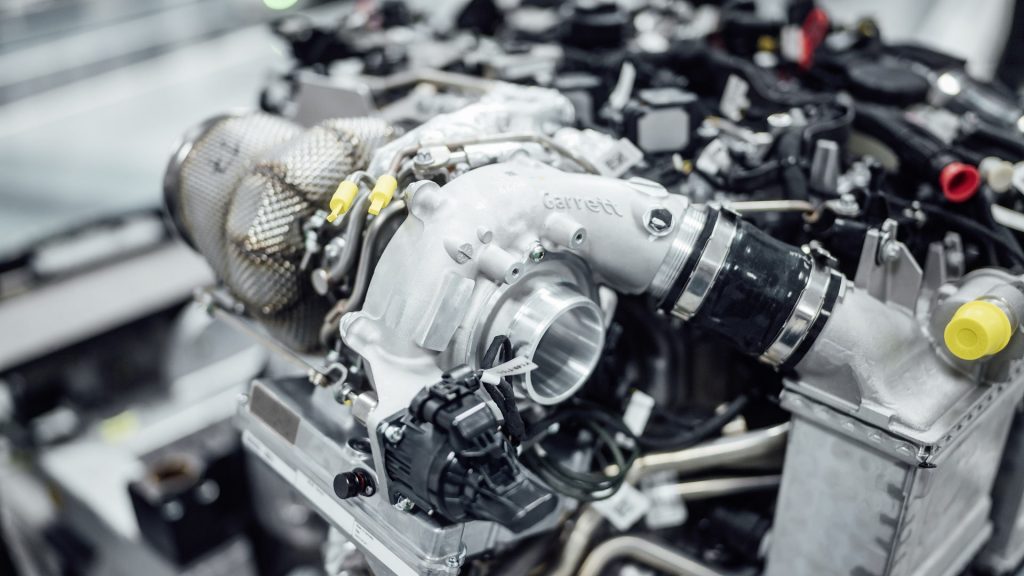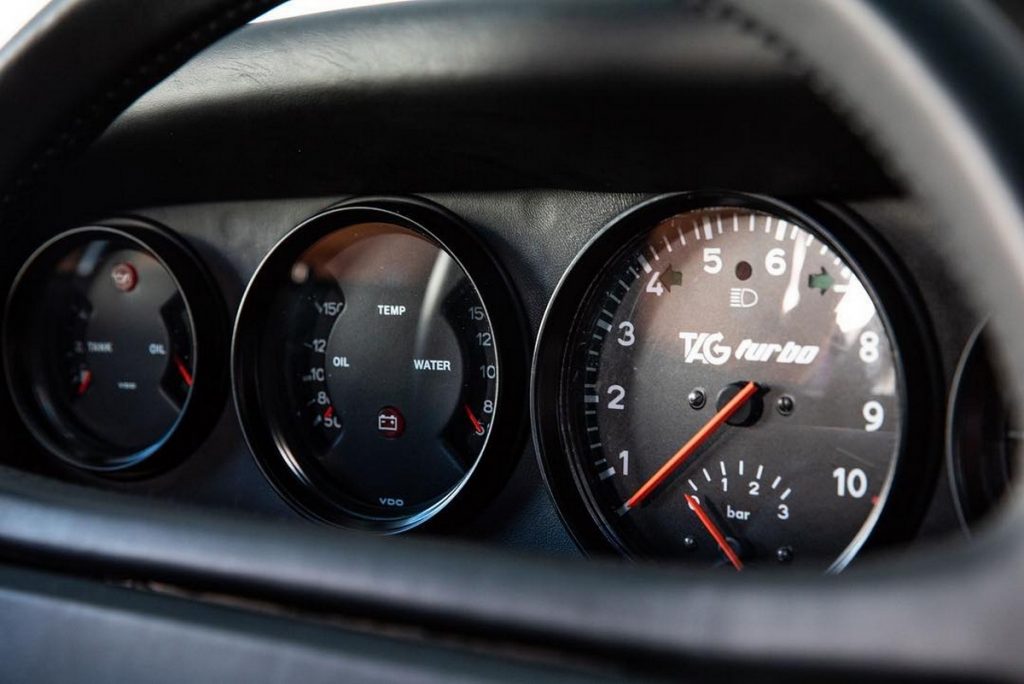Perodua Recommends Minute-Long Cool Down For Ativa

This is recommended to prevent damage to the turbocharger of the Ativa, but is it really necessary?
Perodua, to its credit, has done a rather remarkable job of cramming in a boat-load of new tech into its new Ativa compact crossover. Chief among which is its new 1.0-litre three cylinder engine, with a cheeky little turbocharger strapped on to it.
The first turbocharged engine for Perodua, this new fangled tech (for the Malaysian automaker at least) to be found on the Ativa however does come with a few new habits that its new owners might choose to adopt. This includes a recommendation by the manufacturer to let the compact crossover idle for 1 minute before shutting off the engine, especially when ‘right after high speed driving or driving uphill’.

An instruction that is to be found within the owner’s manual of this new compact crossover, Perodua urges for Ativa owners to perform this engine cool-down procedure as to prevent ‘damage to the turbo unit’. Having said that however, it is worth highlighting that the manual also states the idling procedure is not necessary if the engine is turned off by the Ativa’s ‘eco IDLE’ stop-start system.

In fact, speaking in more general terms here, this whole idea of idling a turbocharged engine before shutting down has actually been widely proven to not really be necessary, for road cars at least. This is not to say though that owners should ignore Perodua’s advice on this matter outright, but a slightly deeper look into this topic would nevertheless explain why the automaker has prudently included this piece of (most probably) redundant instruction into its manual.
See, the idea of having the engine idle for just a little while longer all has to do with engine oil circulation. Turbochargers are both cooled and lubricated by the engine oil circulating throughout the engine. Keeping the engine at idle for a little while longer before eventually shutting down therefore keeps the oil circulating around that little bit longer to cool the turbo, as well as to prevent sludge build up within the turbo due to hot oil being trapped within the compressor.

Now while this is a good practice to maintain the longevity of one’s turbo, there is nevertheless not really a rational reason for most drivers to perform such a cool-down procedure. That is because most drivers will never push their road cars hard enough (in most daily driving scenarios at least) to warrant needing to ever cool their turbos down through a minute-long idle.
Moreover, if the turbo was indeed given a good workout during the commute, a short driving stint at low rpms will be more than sufficient to bring the turbo temperatures back to normal. Something which most people already do while manoeuvring around the carpark looking for a parking space, or when faffing about within the car before turning the car off.
To those who wants further proof of this, anyone with an oil temperature gauge in their cars can attest that the needle drops dramatically only even after a short stint at low rpm, despite having very hard before that. So in summary then, it could therefore be said that for most drivers in most scenarios, adhering to this specified cool-down procedure is most probably just wasting a little bit more fuel than necessary.

Having said that, to owners who resolutely want to follow to a T as to what is stated in the owners manual (mostly for fear of a void warranty), there is nothing wrong to let the car idle for just a little bit longer just to be on the safe side. Remember though that it will also not be the end of the world if you just forget to do it.
As for the subject of turbo timers, some highly tuned cars with honking great turbos do have these devices fitted to keep their engines ticking over for a brief period after the driver shut down the engine. Fitting such a device to one’s bone-stock commuter car however is really redundant to say the least, and might even be cause to void the warranty on the vehicle as it was an aftermarket add-on.





